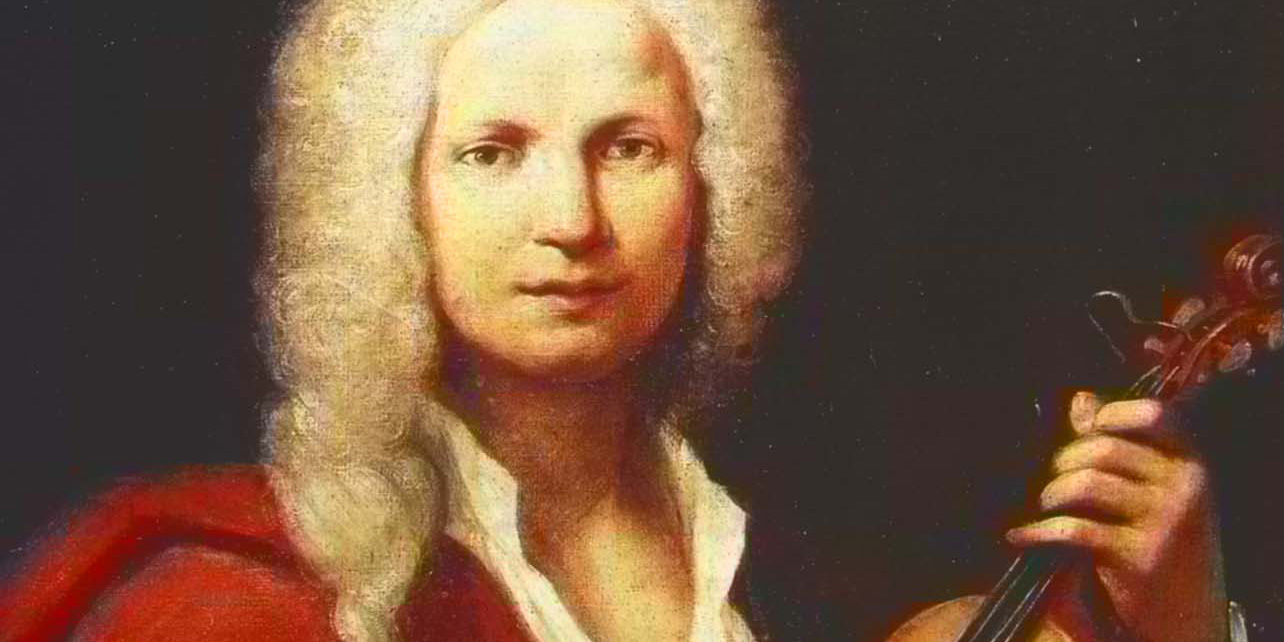Antonio Vivaldi (1678–1741), the prolific Baroque composer and virtuoso violinist, left a profound legacy in the world of classical music with his vibrant and evocative compositions. Renowned primarily for his concertos, Vivaldi’s works span a range of instrumental and vocal genres, each displaying his signature energy, inventiveness, and flair for melodic beauty. Here are ten of his most acclaimed compositions:
1. The Four Seasons (Le quattro stagioni) (Op. 8, Nos. 1–4)
- Published: 1725
- Form: Four violin concertos
- Highlights: “Spring” (La primavera), “Summer” (L’estate), “Autumn” (L’autunno), “Winter” (L’inverno)
- Significance: This set of concertos is Vivaldi’s most famous work, depicting scenes from each season with vivid musical imagery. Each concerto is accompanied by a sonnet that reflects the scenes Vivaldi aimed to illustrate through his music, such as birdsong in “Spring” or a thunderstorm in “Summer.”
2. Gloria in D Major (RV 589)
- Published: 1715
- Form: Sacred choral work
- Highlights: “Gloria in excelsis Deo,” “Domine Fili Unigenite,” “Cum Sancto Spiritu”
- Significance: A jubilant and richly textured sacred work for choir, soloists, and orchestra. Its vibrant choruses and serene arias capture the essence of Baroque ecclesiastical music.
3. Concerto for Two Violins in A Minor (Op. 3, No. 8, RV 522)
- Published: 1711 in “L’estro Armonico”
- Form: Concerto for two violins, strings, and continuo
- Highlights: Vivacious interaction between the two solo violins, dynamic orchestral interplay
- Significance: Part of Vivaldi’s influential “L’estro Armonico” collection, this concerto showcases his skill in writing intricate and engaging dialogues between two violins.
4. Concerto for Four Violins in B Minor (Op. 3, No. 10, RV 580)
- Published: 1711 in “L’estro Armonico”
- Form: Concerto for four violins, strings, and continuo
- Highlights: Intricate counterpoint, interplay between the soloists
- Significance: This concerto is noted for its complex interplay and lively exchanges among the four violin soloists, demonstrating Vivaldi’s mastery in ensemble writing.
5. Concerto for Lute and Strings in D Major (RV 93)
- Published: 1730s
- Form: Concerto for lute, strings, and continuo
- Highlights: Lyrical second movement (Largo), bright and engaging first and third movements
- Significance: One of the few concertos Vivaldi composed for plucked string instruments, this piece is cherished for its elegant melodies and the tender, introspective Largo.
6. Stabat Mater (RV 621)
- Published: 1712
- Form: Sacred vocal work for solo voice and strings
- Highlights: “Stabat Mater dolorosa,” “Cujus animam gementem”
- Significance: A profoundly moving setting of the Stabat Mater text, this work is characterized by its expressive melodies and reflective mood, exemplifying Vivaldi’s ability to convey deep emotion in sacred music.
7. Concerto for Strings in G Major (RV 151, “Alla Rustica”)
- Published: 1720s
- Form: Concerto for strings
- Highlights: Lively rhythms, rustic character
- Significance: Known for its spirited and dance-like qualities, this concerto captures the essence of folk-like simplicity and joy, making it a favorite among Vivaldi’s orchestral works.
8. Concerto for Mandolin in C Major (RV 425)
- Published: 1725
- Form: Concerto for mandolin, strings, and continuo
- Highlights: Lively first movement, lyrical second movement (Largo)
- Significance: A showcase of Vivaldi’s versatility, this concerto highlights the mandolin’s charming timbre, especially in the enchanting Largo movement.
9. Concerto for Flute in G Minor (Op. 10, No. 2, RV 439, “La Notte”)
- Published: 1728-29
- Form: Flute concerto
- Highlights: Dramatic and mysterious atmosphere, virtuosic flute passages
- Significance: Known for its depiction of night scenes and its eerie, evocative atmosphere, this concerto is a testament to Vivaldi’s ability to paint vivid pictures with music.
10. Concerto for Cello in G Minor (RV 531)
- Published: 1720s
- Form: Concerto for two cellos, strings, and continuo
- Highlights: Dramatic interplay between the two cellos, rich orchestral support
- Significance: This concerto stands out for its energetic dialogues between the two cello soloists, and its expressive depth, showcasing Vivaldi’s innovative approach to cello writing.
Vivaldi’s compositions continue to captivate audiences with their rhythmic vitality, lyrical beauty, and brilliant orchestration. His inventive use of the concerto form, in particular, helped shape the future of instrumental music and remains a cornerstone of the Baroque repertoire. Through these ten masterpieces, Vivaldi’s enduring genius and influence in the realm of classical music are vividly illustrated.


Comments are closed